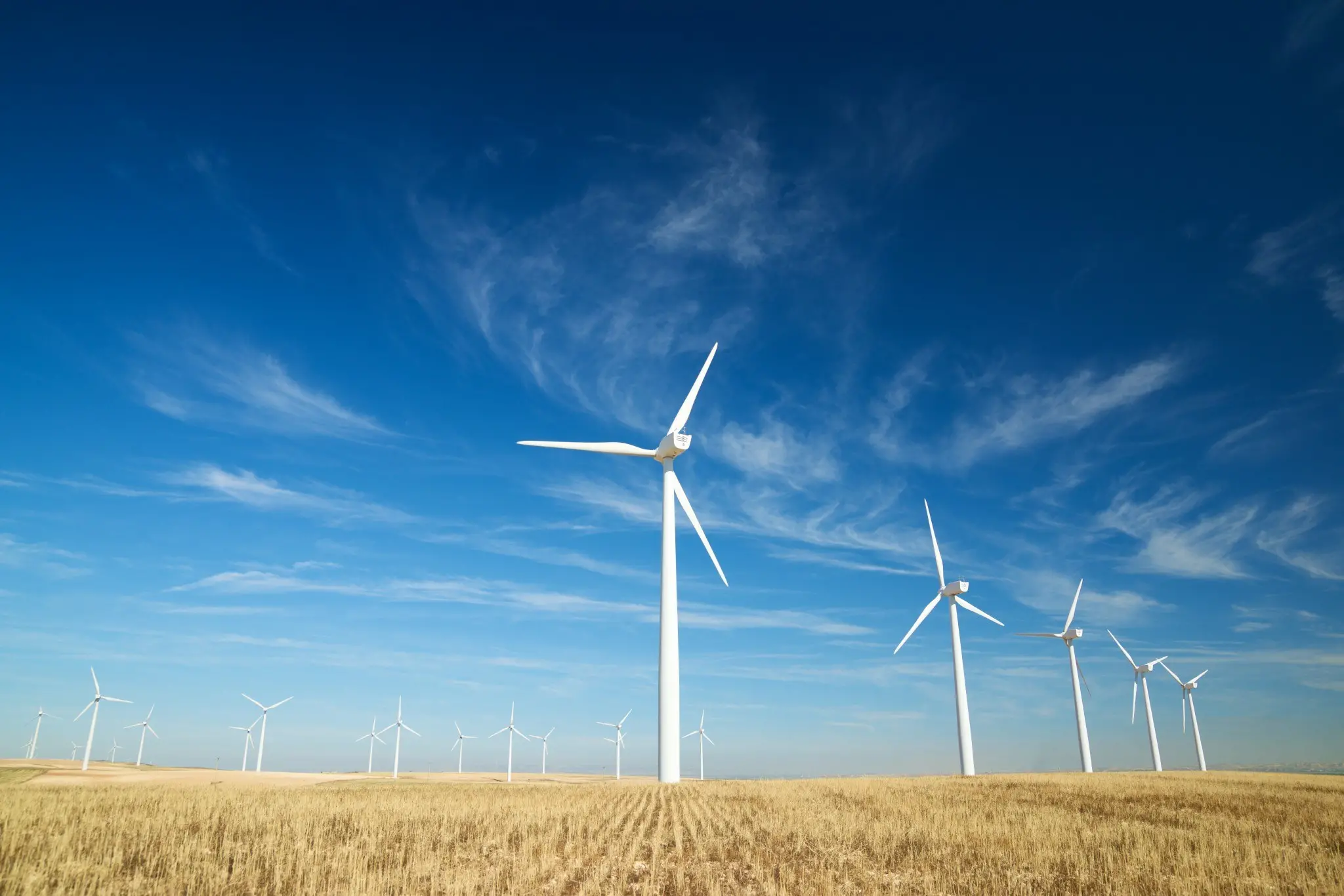Brisbane Melbourne Hobart Launceston Devonport
Why Automation is Key to Meeting Australia’s 2030 Net-Zero Targets

Australia has legislated a goal to cut national emissions by 43 % below 2005 levels by 2030 and reach net zero by 2050. Recent projections indicate that current policies will reduce emissions by around 42.7 %, just shy of the 2030 target. Meeting this ambition requires every sector to decarbonise while maintaining productivity.
Industry remains a major challenge. Global estimates suggest that industry produces about one third of carbon pollution, and heavy industries account for around 55 % of industrial energy waste. Even though many businesses have implemented energy saving measures, experts believe efficiency can still improve by five to ten per cent. The International Energy Agency notes that digitalisation and demand driven solutions could help eliminate up to 70 % of industrial carbon emissions.
Efficiency Through Smart Automation
Deploying automation across Australia’s key industries, including energy, mining, manufacturing and water, provides an immediate path to deeper emission cuts. In many factories, energy consumption drives the bulk of carbon emissions. Automation technologies such as smart sensors, computer vision and machine learning enable machines to run at peak efficiency, only consuming power when necessary. Automated machinery also has fewer variables than human controlled equipment, meaning it can deliver consistent output with minimal energy use.
Automation unlocks powerful analytics as well. In Schneider Electric’s smart factory programme, combining automation with software and energy management created real time visibility over operations. This digital transformation reduced downtime by 44 %, improved operational efficiency by 12 % and increased on time delivery by 40 %. These improvements translate directly into lower emissions because equipment is used more efficiently and wasteful processes are eliminated.
Examples from heavy industry illustrate the potential. Chinese steel giant CITIC Pacific Special Steel adopted AI applications that analyse data from blast furnaces. The initiative increased output by 15 % while decreasing energy use by 11. Such successes show how data driven automation can boost productivity and cut carbon simultaneously.
Building Sustainable Supply Chains
Automation helps manage materials and reduce waste. Inventory control software and demand forecasting tools prevent overproduction and surplus materials. Smart robotics can perform hazardous tasks in enclosed environments and monitor air quality in real time, cutting the risk of spills and pollution. These efficiencies support a circular economy and align with Australia’s national plan for sectoral emissions reduction.
From Pilot Projects to Nationwide Impact
Scaling automation across the country requires trusted partners. Headquartered in Tasmania, we are delivered automation and electrical services for more than 35 years. Our machine safety certified engineers design, install and maintain robotic systems that improve throughput and safety. We have executed projects using ABB robots for pick and place operations, food manufacturing, welding, palletising and system upgrades. We serve clients across water utilities, manufacturing, food and beverage, mining and pharmaceuticals, and we recently became ABB Australia’s first certified Collaborative Robot Expert, underscoring our commitment to leading edge technology.
Weaving people into the transition is essential. We also actively work to close the skills gap. Our Cobot Month events bring together businesses, schools and the community to explore collaborative robots and their potential. Participants are keen to understand how cobots can address labour shortages and support manufacturing, defence and other sectors.
Charting a Path to 2030 and Beyond
For sustainability managers overseeing renewable energy projects and government initiatives, embracing automation is no longer optional. Automation offers a practical route to cut emissions from today’s heavy industries while enhancing resilience and competitiveness. By deploying smart factories, AI powered analytics and collaborative robots, Australia can accelerate the energy efficiency gains that the International Energy Agency sees as essential.
Cromarty’s deep expertise and broad industry reach make them a trusted partner for organisations ready to decarbonise. Explore how their automation and electrical engineering services can help your projects meet Australia’s 2030 targets and create a pathway to net zero.
Partner with Cromarty on your net zero journey
Contact our automation experts to discuss how smart automation, robotics and energy management solutions can reduce your emissions and enhance productivity. Explore our robotic systems expertise for guidance on collaborative robots, and learn about our smart factory solutions to see how data driven automation can transform your operations. Together we can build a cleaner, more competitive future for Australia.


